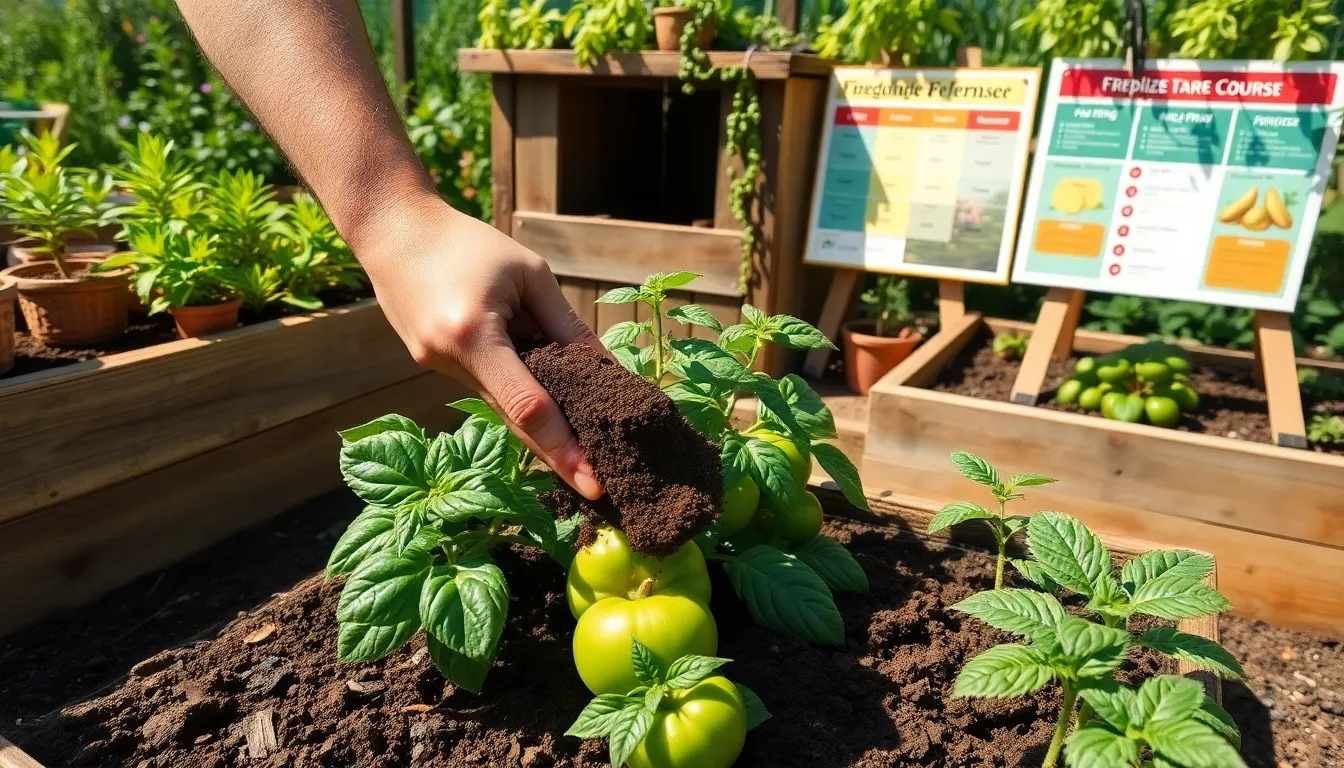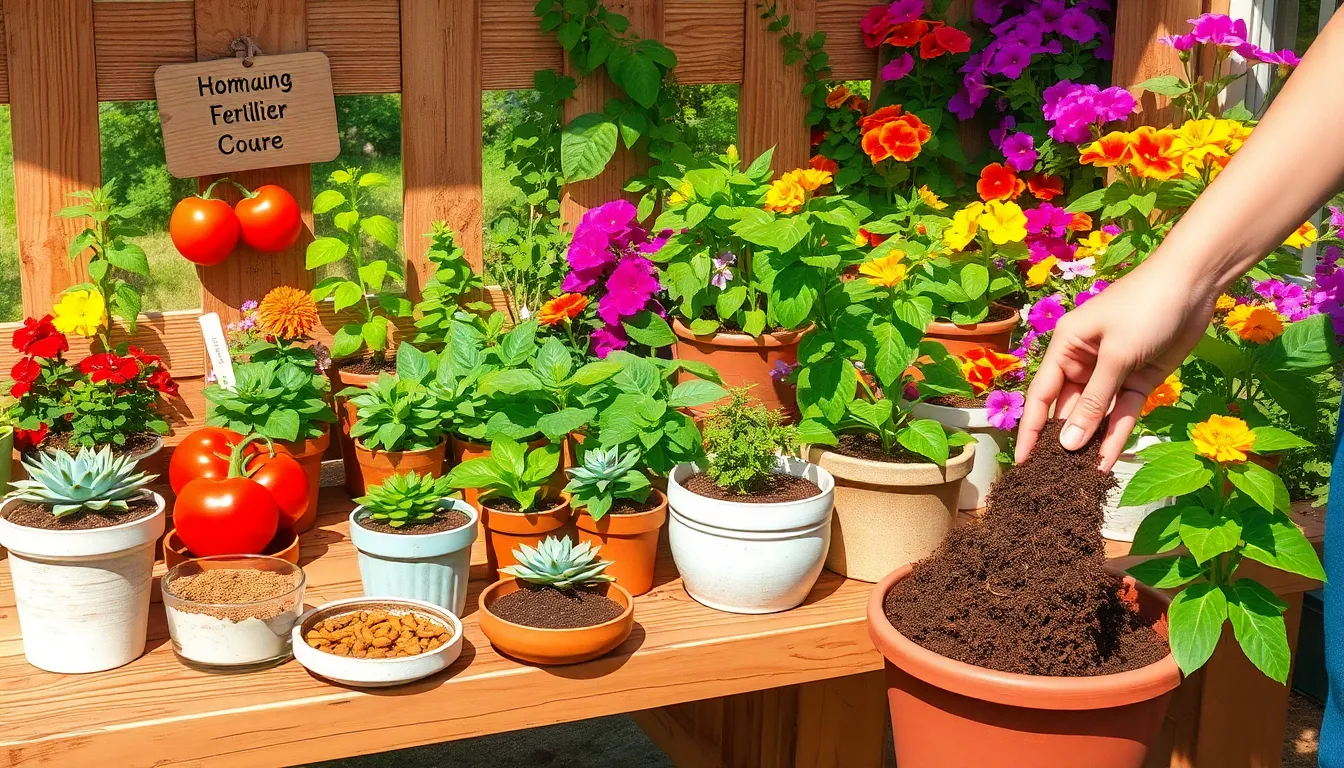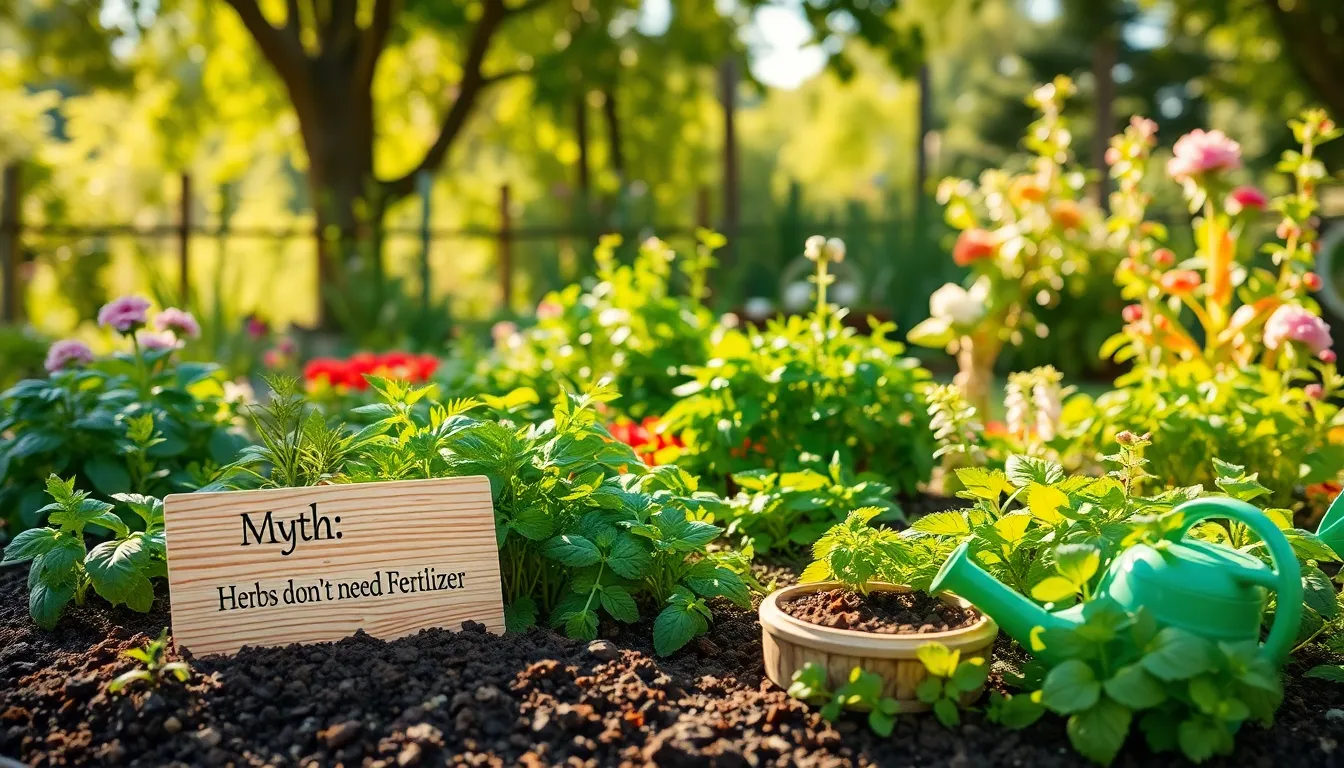Every gardener, whether you’re just starting out with a few potted plants or you’ve transformed your backyard into a lush oasis, knows the thrill of watching your garden thrive. But have you ever stopped to wonder about the very foundation of your garden—its soil? Testing garden soil at home can seem like a straightforward and cost-effective way to understand what your plants need. However, it comes with its own set of challenges that can sometimes lead to more frustration than fruitful results.
Understanding the nuances of soil testing is crucial for both beginners and seasoned horticulturists. In this article, you will learn about the potential pitfalls of home soil testing methods and why it might not always give you the complete picture you need. By exploring these disadvantages, you will be better equipped to decide whether DIY soil testing is the right approach for your gardening goals. So let’s dig in and uncover what lies beneath the surface, ensuring your gardening efforts are as rewarding as possible.
Understanding Soil Test Limitations
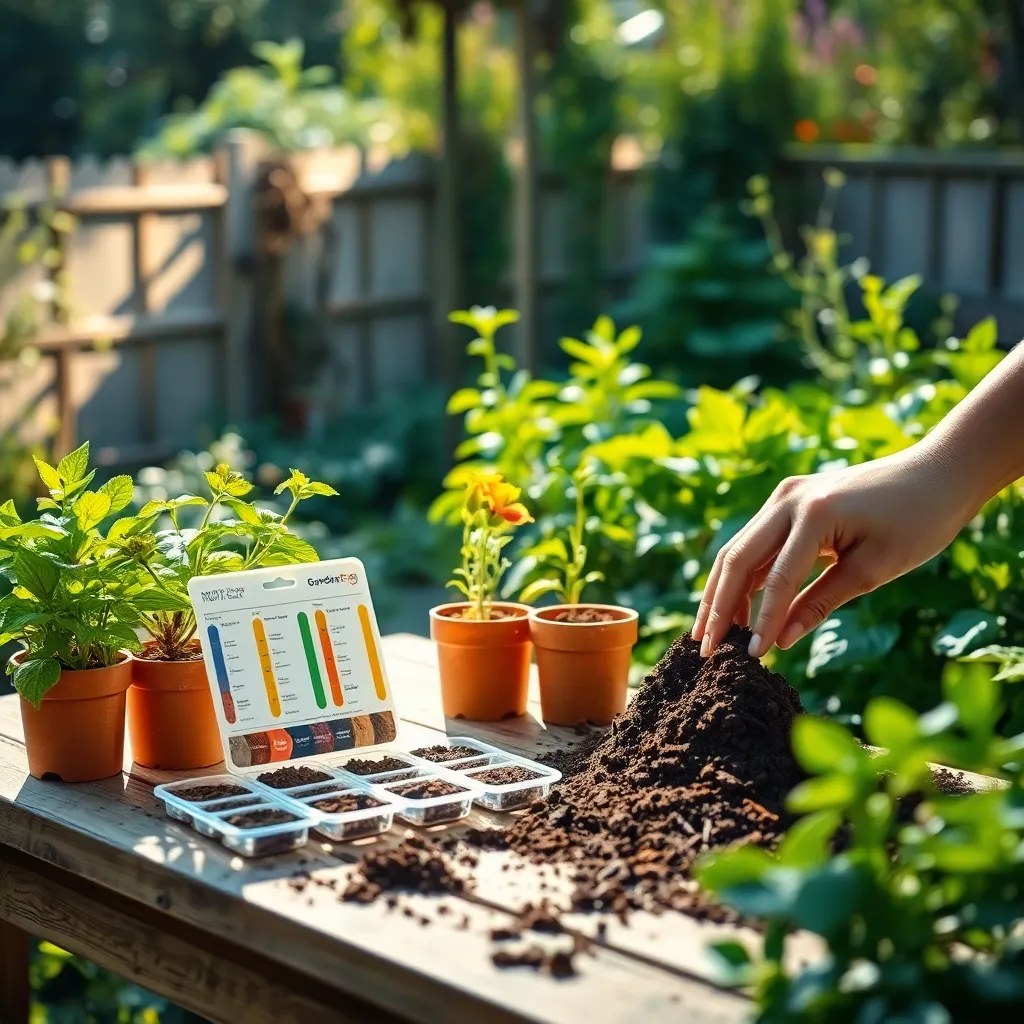
When testing garden soil at home, it’s crucial to understand that the accuracy of results might not match those from a professional lab. Home soil test kits are generally designed to provide a broad overview rather than precise measurements, which might lead to adjustments based on incomplete data.
Additionally, home test kits often focus on basic nutrients like nitrogen, phosphorus, and potassium, but they might overlook essential micronutrients. Key elements such as magnesium and sulfur, which are vital for plant health, often require more sophisticated testing methods to measure accurately.
It’s also important to note that soil tests might not account for local soil conditions, such as drainage or compaction, which can significantly affect plant growth. Observing your plants’ growth patterns and physical soil characteristics can complement soil test results and provide more comprehensive guidance.
For advanced gardeners looking to fine-tune their soil management, consider supplementing home tests with occasional professional lab analyses. By combining both methods, you can achieve a more balanced understanding of your soil’s needs and optimize the growing conditions for your specific plant types.
Cost Implications of Testing Kits

Testing kits for garden soil can vary widely in cost, which can be a significant consideration for many gardeners. Basic kits are relatively affordable, often priced between $10 and $30, and are suitable for those just beginning their gardening journey.
For more detailed analysis, advanced kits can range from $50 to over $200, offering comprehensive insights into nutrient levels and pH balance. While these kits are more expensive, they provide valuable information that can help optimize plant growth and yield, especially for experienced gardeners looking for precision.
It’s important to weigh the benefits against the cost, especially if you have a large garden or multiple garden types. Investing in a more expensive kit can be worthwhile if you are growing plants that are particularly sensitive to soil conditions, such as blueberries, which require specific pH levels to thrive.
Consider starting with a basic kit to get a general sense of your soil’s condition and then upgrading as needed based on your gardening goals and plant requirements. Regular testing can be beneficial, as it allows you to adjust fertilization and soil amendments over time, ensuring your garden remains healthy and productive throughout the growing season.
Time-Consuming Testing Procedures
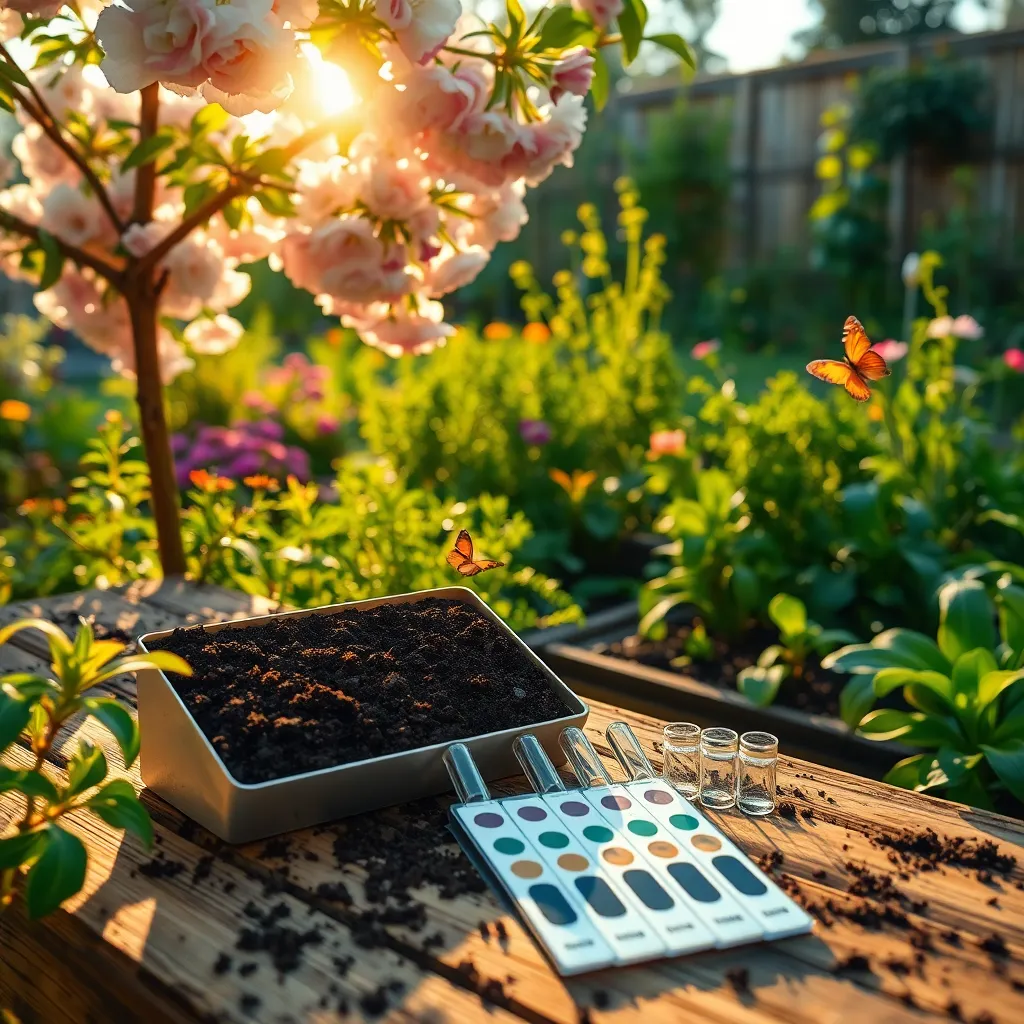
Testing garden soil at home can be a labor-intensive process that requires careful attention to detail. To ensure accurate results, you need to follow specific procedures, which can be time-consuming for busy gardeners.
One of the key steps involves collecting soil samples from different areas of your garden. It is important to use a clean tool to avoid contaminating your samples, and this process alone can take considerable time if your garden is large.
After collecting the samples, you need to allow them to dry thoroughly before testing. This drying process can take several days, especially in humid conditions, which delays your ability to take immediate gardening actions.
For more advanced gardeners, conducting tests for specific nutrients like nitrogen, phosphorus, and potassium can require additional equipment and techniques. While these tests can provide valuable insights, they demand a significant investment of time to perform correctly and interpret accurately.
Inaccurate Results from Home Kits
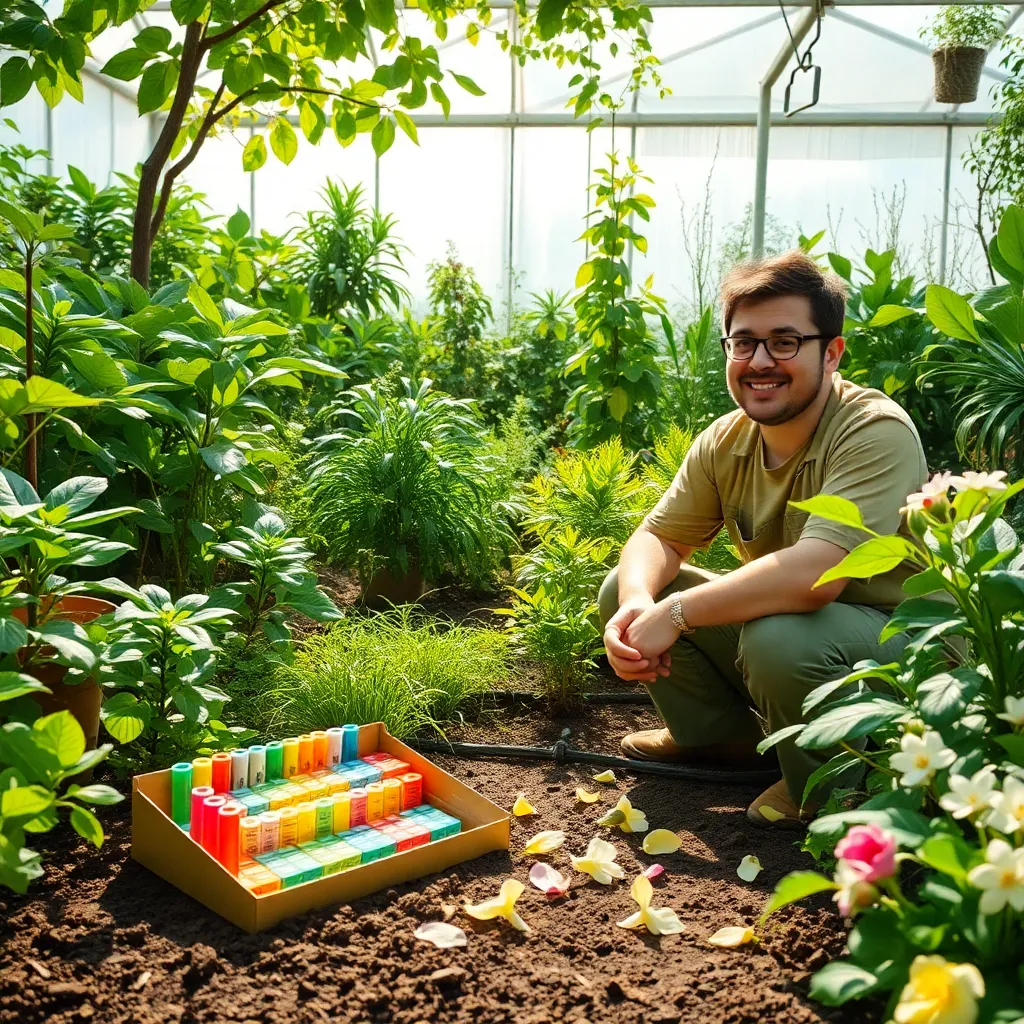
Home soil test kits can sometimes yield inaccurate results, leading gardeners to make misguided decisions about their soil management. These kits often lack the precision of laboratory tests, which can affect the accuracy of nutrient and pH level readings.
To mitigate errors, it is crucial to follow the instructions on the kit meticulously, as improper sampling is a common source of inaccuracies. Ensure that you take soil samples from various parts of your garden to account for variations in soil composition and texture.
Understanding the limitations of home kits can help you interpret the results more critically. For instance, if a kit shows extremely high or low pH levels, consider verifying with a professional lab test before making significant soil amendments.
For more reliable outcomes, supplement your home testing with regular observations of plant health and growth patterns in your garden. Look for signs such as yellowing leaves or stunted growth, which can indicate nutrient deficiencies or imbalances that the kit might not detect.
Advanced gardeners might consider investing in higher-quality kits that offer more detailed analyses, such as micronutrient levels. Combining these with data from home test kits can provide a more comprehensive understanding of your soil’s health, helping you make informed decisions about fertilization and soil amendments.
- Always calibrate your kit according to the manufacturer’s instructions.
- Consider seasonal changes and re-test soil periodically for consistent monitoring.
- Integrate organic matter like compost to naturally improve soil structure and nutrient content.
Limited Soil Type Insights
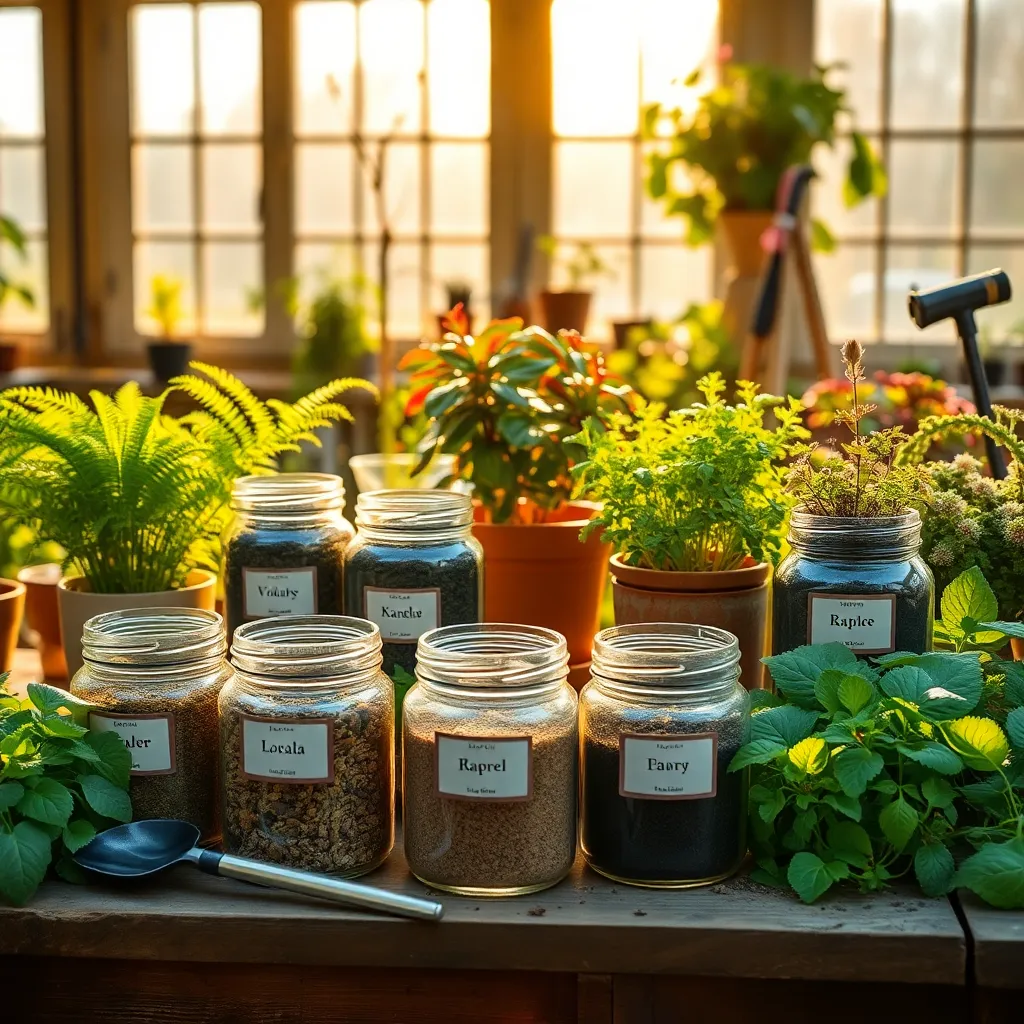
Testing your garden soil at home can reveal only a limited range of information about your soil type. This often leads to insufficient data, especially when trying to understand complex soil compositions. To improve your soil, it’s important to know whether it’s sandy, clay, or loamy, as these types have unique characteristics. For example, sandy soil drains quickly but may lack nutrients, while clay soil holds water well but can become compacted.
One limitation of home soil tests is their inability to accurately measure soil texture. Understanding soil texture is crucial because it affects water retention and nutrient availability. You can perform a simple jar test to determine the soil’s composition by mixing soil with water and letting it settle. This method gives a visual representation of the sand, silt, and clay content in your soil.
For those with clay-heavy soil, improving drainage is essential to prevent root rot. Incorporate organic matter like compost or well-rotted manure to enhance soil structure and fertility. If sandy soil is your challenge, consider adding organic mulch to help retain moisture and improve nutrient content. These actions can make a significant difference in your plant’s health and growth.
Advanced gardeners might find it beneficial to send soil samples to a local extension service for a detailed analysis. This professional insight can provide a comprehensive breakdown of nutrient levels and pH balance. With this information, you can tailor your fertilization and amendment strategies to meet specific plant needs. Regularly testing and adjusting your soil can lead to a more productive and thriving garden.
Conclusion: Growing Success with These Plants
In exploring the ‘Disadvantages Of Test Garden Soil At Home,’ we delved into five key relationship concepts that translate remarkably well to nurturing personal connections. Firstly, we learned about the importance of understanding the foundational ‘soil’ of your relationship, akin to knowing your partner’s values and beliefs. Secondly, we discussed the necessity of regular ‘watering,’ or consistent communication, to keep relationships thriving. Thirdly, the idea of ‘weeding out’ negativity resonated as a need to address and resolve conflicts promptly. Fourthly, we touched on the significance of ‘fertilizing’ with appreciation and acknowledgment. Finally, we examined the critical role of patience and time, allowing relationships to grow naturally.
As an actionable next step, consider setting aside dedicated time each week to nurture these aspects in your relationship, whether it’s through meaningful conversations or shared activities. Remember, just as a garden flourishes with care, so too will your relationships.
I encourage you to save or bookmark this article for future reference, ensuring these insights are always at your fingertips. Looking ahead, by implementing these principles, you can cultivate relationships that are not only resilient but also deeply fulfilling. Embrace this journey with confidence and optimism.


